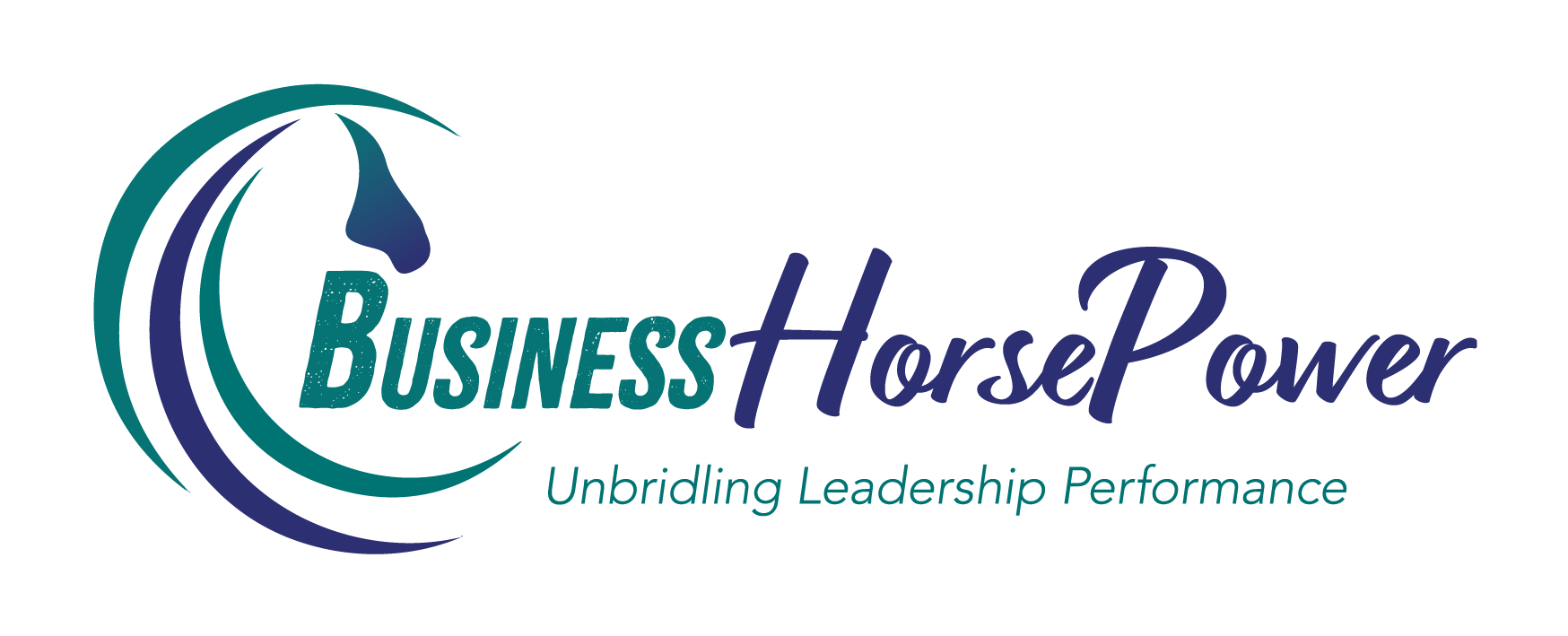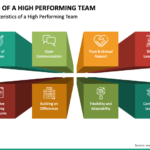I hope you have been having a great summer. It’s been an interesting time here at Business HorsePower because the weather has tried to play havoc with some of my events. Like two weeks ago when I was running an evening event for 18 local business leaders.
A week before the event someone asked what we would do if it rained. Well I had never even considered that outcome. I’ve always held my events in our main outdoor arena, as quite frankly my small covered, round pen does not have the space to accommodate those numbers. And guess what. Just on cue it rained continuously all day.
Not unsurprisingly I had many calls from the attendees asking if the event was going ahead. To be honest I did consider postponing the event, but then I thought, I need to model what I teach, which is being agile and leading through uncertainty. So with the help of some colleagues I got inventive and created seating and standing space around the round pen for 18 delegates with straw bales and horse rugs.
My horse team stepped up to the mark and delivered some amazing insights to my clients on how to deliver peak performance in what were challenging circumstances.
So this got me thinking and researching the latest scientific research on what really drives performance, and discovered the conditions necessary for teams to perform at their best.
- Find the purpose. People are more motivated when they can see why their work matters. That doesn’t mean every job needs a ‘worthy’ cause; whether it’s contributing to the team’s success or seeing others grow, help them find a reason to be proud.
- Make it difficult. No pain, no gain so the saying goes – while people may think they’ll be happier cruising, research shows that we’re happiest, and perform best, when tasks stretch us to the edge of our capabilities. So set the bar high.
- Pay attention. Knowing that someone will notice – and care – how they’re performing pushes people to improve. Observe your team in action and offer regular, informal feedback on what they’re doing well and how they could get better.
- Recognise growth. Feeling appreciated for who you are and being fairly recognised for great performance makes it worth the effort. That doesn’t mean big financial rewards; a personally motivating token of thanks goes a long way.
- Keep talking. A recent study tracked the financial performance of 40 companies. 63% of high-growth businesses reviewed employee performance more than annually, compared to 22% of those whose growth was low. Regular conversations are key to driving performance.
So are you using these high performance strategies in your business?. Even if you don’t employ team members you can use these strategies to engage your suppliers and customers.

Julia Felton (aka The Business Wrangler) is the founder of Business HorsePower. Business leaders, entrepreneurs and executives hire her to accelerate their business performance by harnessing the energy of their people to work more collaboratively together. By aligning purpose with actions the team achieves exponential results as everyone starts pulling in the same direction.
Julia believes that business is a force for good and through designing purpose-driven businesses that leverage the laws of nature, and the herd, you can create businesses founded on the principles of connection, collaboration and community that make a significant impact in the world.






